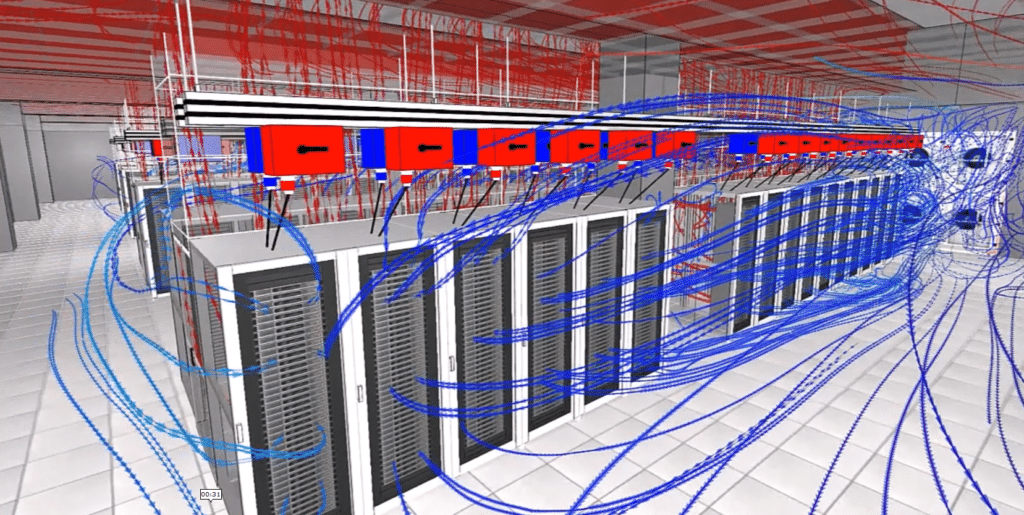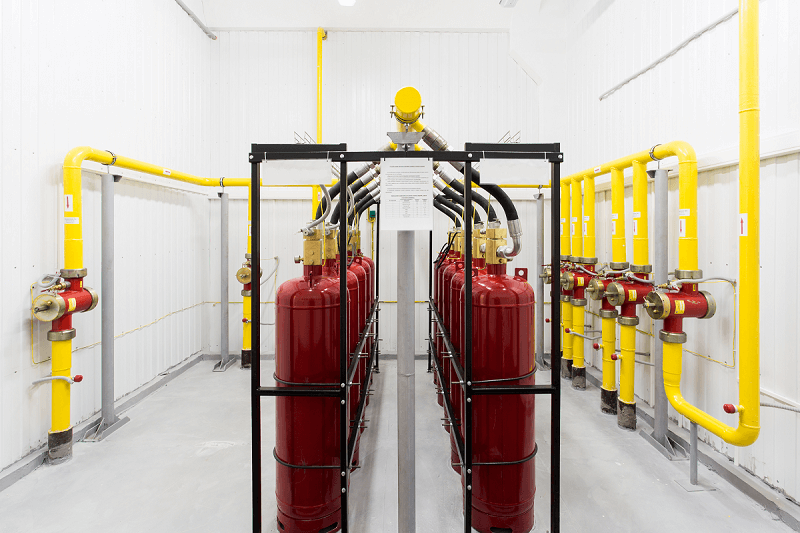CFD simulation: An alternative to wind tunnel testing
Home » Air & Wind » CFD simulation: An alternative to wind tunnel testing
Obsolete Wind Tunnel Tests? The Rise of CFD Simulation
Discover how CFD (Computational Fluid Dynamics) simulation is revolutionizing aerodynamic analysis, offering an efficient and cost-effective alternative to traditional wind tunnel testing. Explore its benefits, applications and new perspectives for modern engineering.
- A passionate team
- Exclusive estates
- All sectors
- Dozens of projects completed
- Proven expertise
- International projects
CFD: an alternative to wind tunnel testing
Wind tunnel tests
Wind tunnel testing has been widely used for industrial and research applications over the past five decades.
Wind tunnel testing requires an expensive facility and sophisticated instrumentation to measure a range of field variables (wind speed, pressure loads, turbulence intensity, etc.).
Its main limitation is that such measurements are only obtained at a few specific points in the test section, which greatly restricts the overall understanding of the evolutionary or transient processes of unsteady complex phenomena (such as vortex shredding , turbulence wakes and thermal stratification).
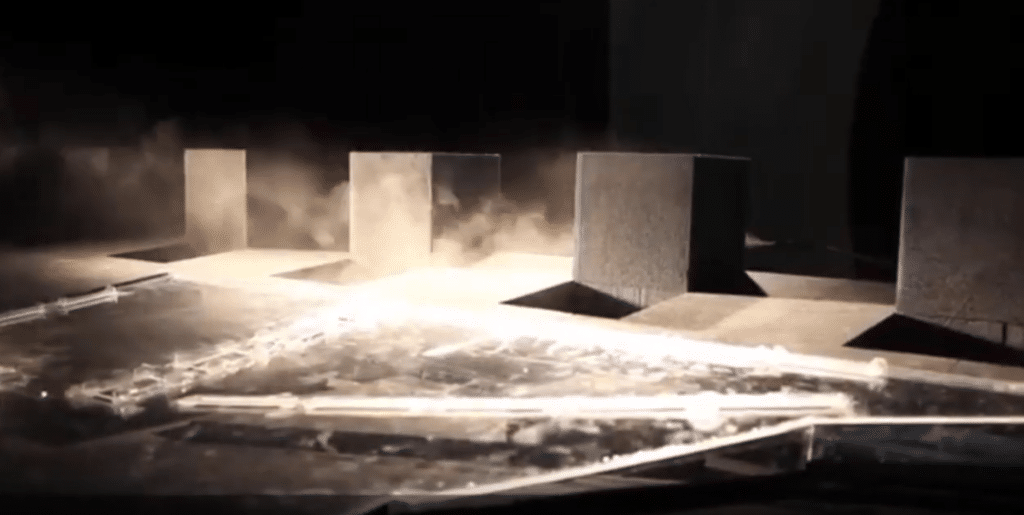
Example of a wind tunnel test for a building in Lille
Example of a CFD wind simulation at La Défense
The different stages of a wind tunnel test
A wind tunnel test is an aerodynamic test carried out in a wind tunnel to study the behavior of an object exposed to an air flow simulating real-life conditions.
Here are the main stages of a wind tunnel test:
1. Defining the objective: Before carrying out a wind tunnel test, it is important to clearly define the objective of the test. This could be studying the drag of a vehicle, optimizing the lift of an aircraft wing, or assessing the stability of a building in the wind.
2. Model design: A reduced-scale model of the object to be studied is usually made, so that it can be tested in the wind tunnel. The model can be made from a variety of materials, such as plastic, wood or even 3D printing.
3. Installing the model in the wind tunnel: Once the model is ready, it is positioned in the wind tunnel so that it is exposed to the air flow. Supports and measuring systems are used to hold the model in place and collect relevant data during the test.
4. Setting test conditions: Before starting the test, the test conditions must be set, such as wind speed, temperature and pressure. These conditions are generally determined according to the specific technical specifications of the test object.
5. Data collection: During the test, various measurements and observations are made to assess the object’s behavior in the airflow. These may include measuring the force exerted on the object (drag, lift), visualizing airflows using visualization techniques (smoke, particles), or measuring pressures on the object’s surface.
6. Analysis of results: Once the data have been collected, they are analyzed to draw conclusions about the aerodynamic behavior of the object. The results of the wind tunnel test are often presented in the form of technical reports, graphs or visuals to communicate the conclusions of the study and any recommendations for optimizing the tested object.
Eiffel wind tunnel aeraulic study - Credit @AirDesignLab and @EOLIOS
CFD: a toolbox type evolution
Numerical modeling of wind tunnel tests
CFD offers many advantages over wind tunnel testing. In addition to generating full-scale simulations (rather than the reduced-scale models used for many physical simulations), it also provides complementary data and enables wind speeds for a given wind to be compared simultaneously between two points.
Hydrological, aeraulic and thermal studies can be carried out at different scales: from microelectronics to building and city studies.
Results can be visualized more clearly and explained to a wider audience.
CFD simulation of a metro moving through a station
CFD: a vast range of applications
Toolbox that allows:
- Simulate the flow of a fluid around or inside a body
- Studying wind comfort
- Wind load study
Thermal toolbox:
- Studying convective exchanges
- Studying conductive exchanges
- Studying radiative exchanges
Multiphysics toolbox:
- Visualize the dispersion of pollutants
- Study smoke extraction
- Study the movement of dust, sand …
- Study the movement of objects, fans, etc.
Hydrology study
- Fluid flow
- Risk of submersion
- Risk of rain or snow
These methods make it possible to solve a very wide range of problems that we will present here.
Our specific solutions for data centers :

CFD engineering for data centers
Find out more
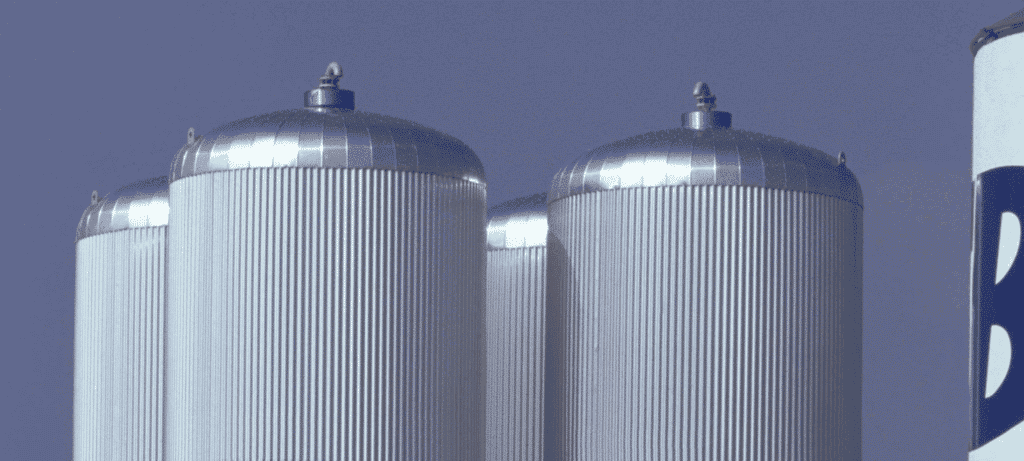
Thermal storage study
Find out more
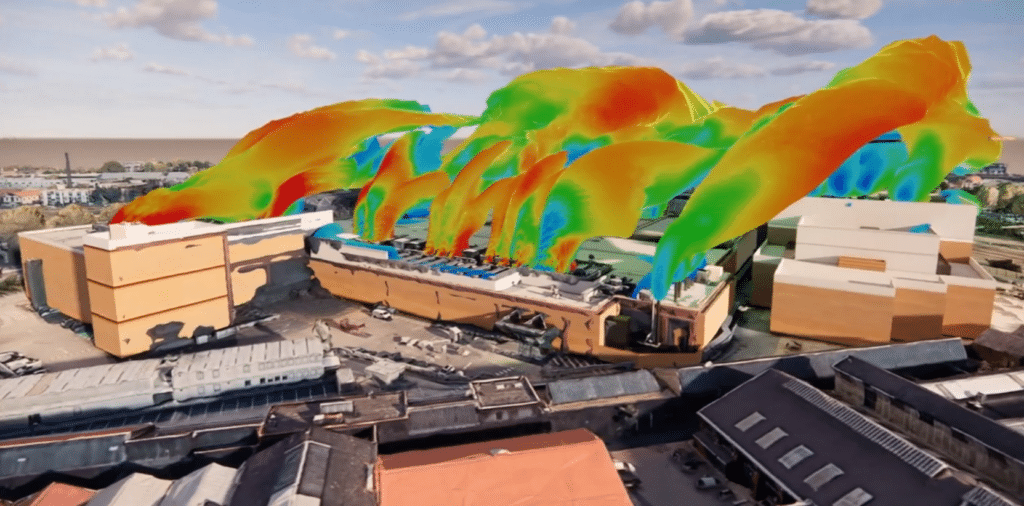
External CFD simulation for data center
Find out more

Data Center Fire Simulation
Find out more
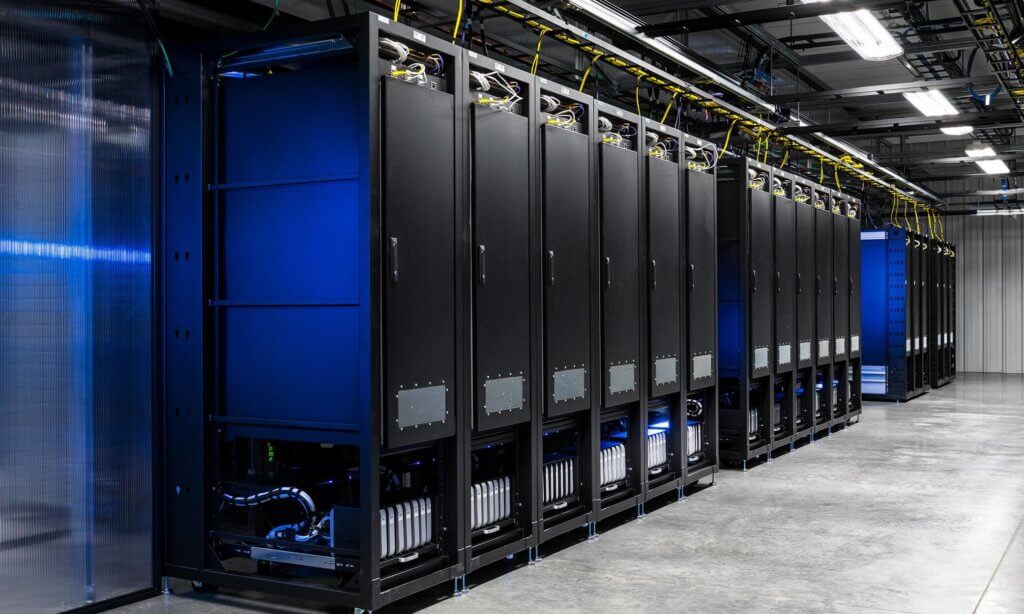
Thermal study of technical premises
Find out more
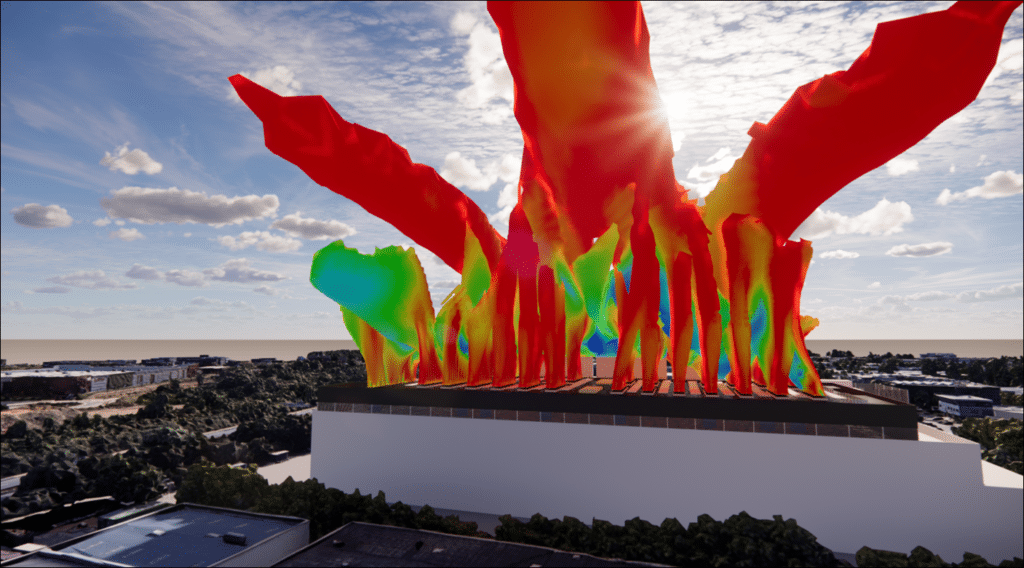
Urban heat island impact study for data centers
Find out more

Audit, diagnosis and 3D modeling of existing data centers
Find out more
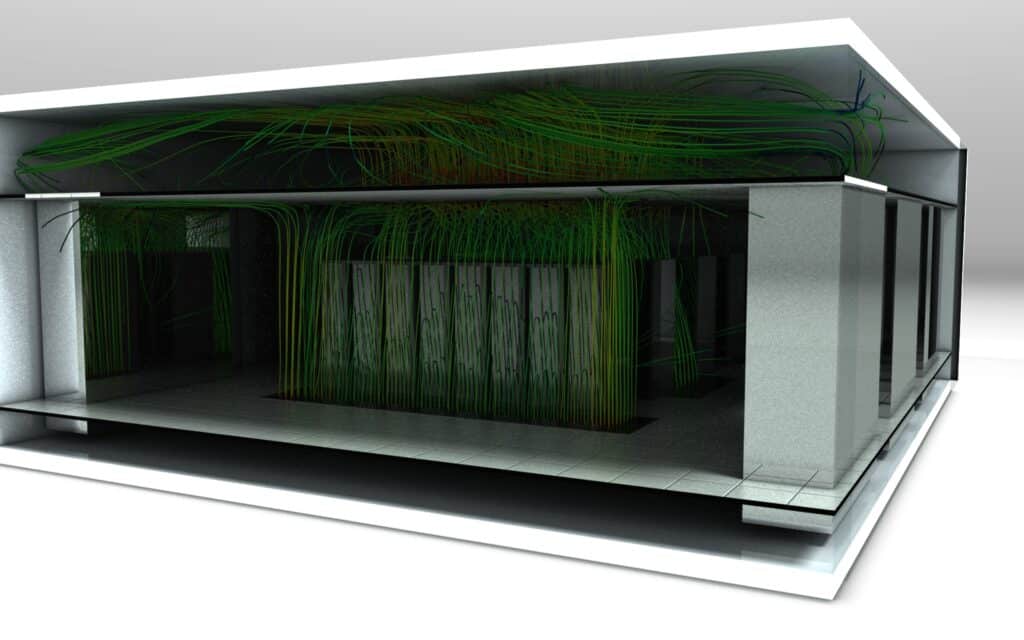
Designing your data center’s digital twin
Find out more
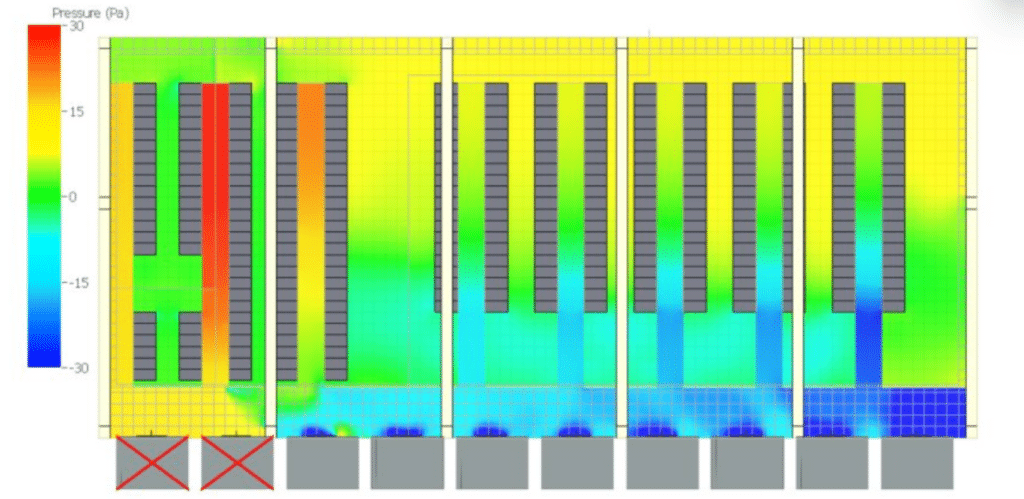
Energy optimization and PUE calculation for data centers
Find out more

Commissioning: study and CFD modeling of load benches
Find out more
Data center engineering
Initially created in France, EOLIOS Ingénierie is the benchmark thermal and aeraulic simulation consultancy for data centers in Europe and worldwide. The company supports operators, designers and project owners at every stage in the life of a data center: design, optimization, renovation or extension.
By combining cutting-edge scientific expertise, state-of-the-art simulation tools and in-depth knowledge of the data center ecosystem, EOLIOS Ingénierie is a trusted partner for ensuring the availability, security and energy performance of IT infrastructures, while anticipating sustainability issues.
EOLIOS
PARIS – LONDON – MILAN – MUNICH – MADRID – WARSAW – CASABLANCA – UNITED ARAB EMIRATES – USA
Examples of CFD simulation applications
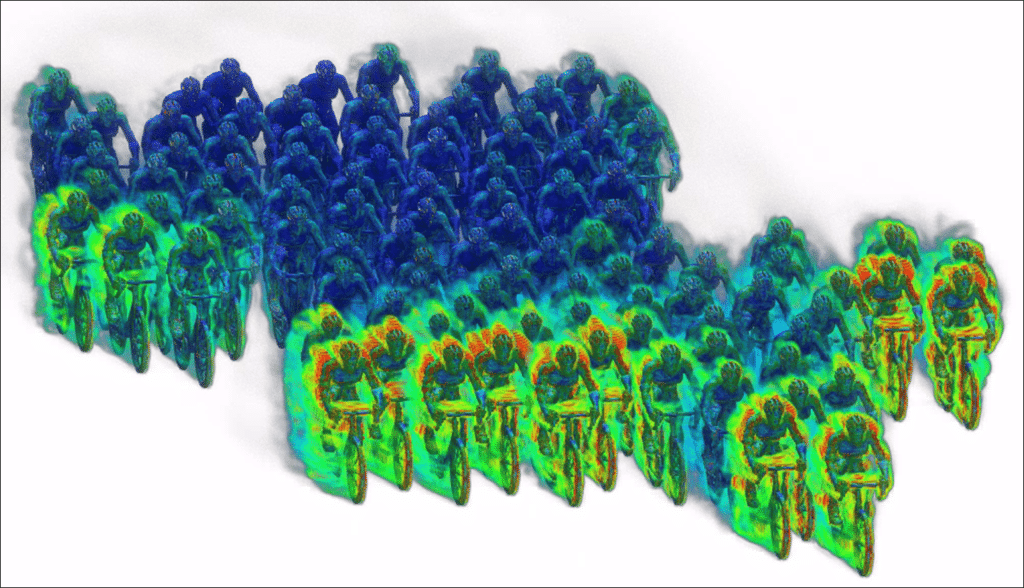
CFD simulation of the aerodynamic phenomena of a peloton of cyclists
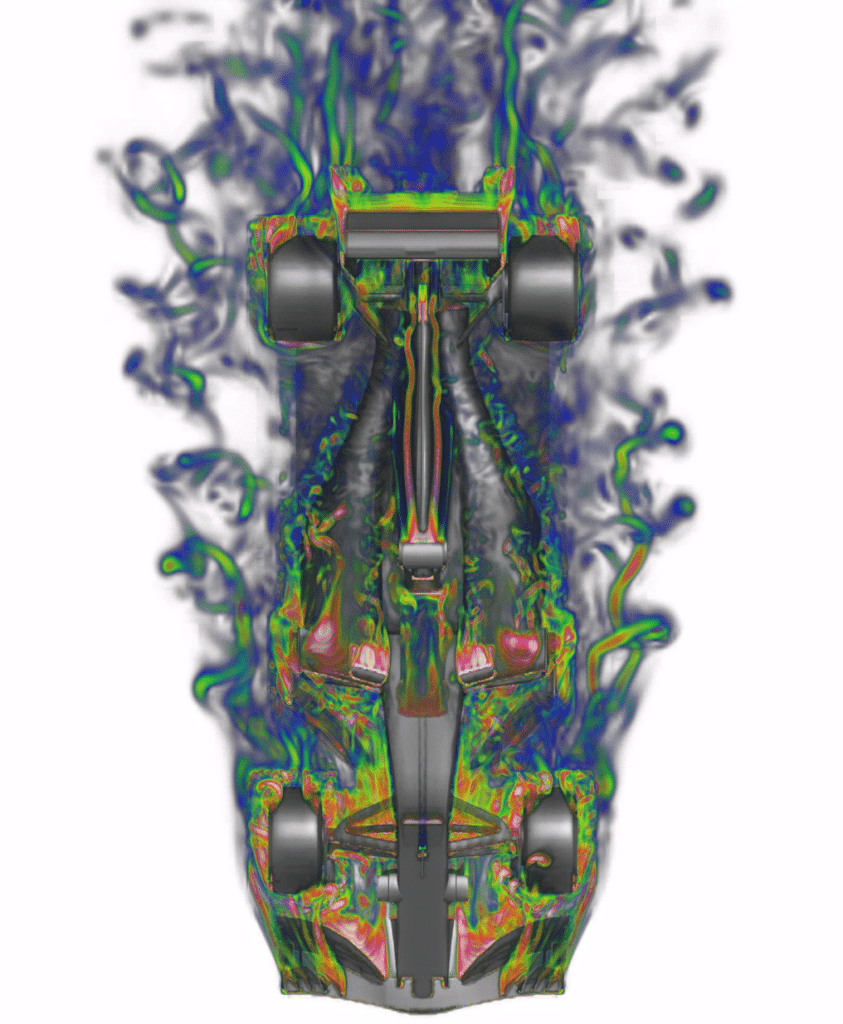
CFD simulation of drag: advanced calculation to improve aerodynamics
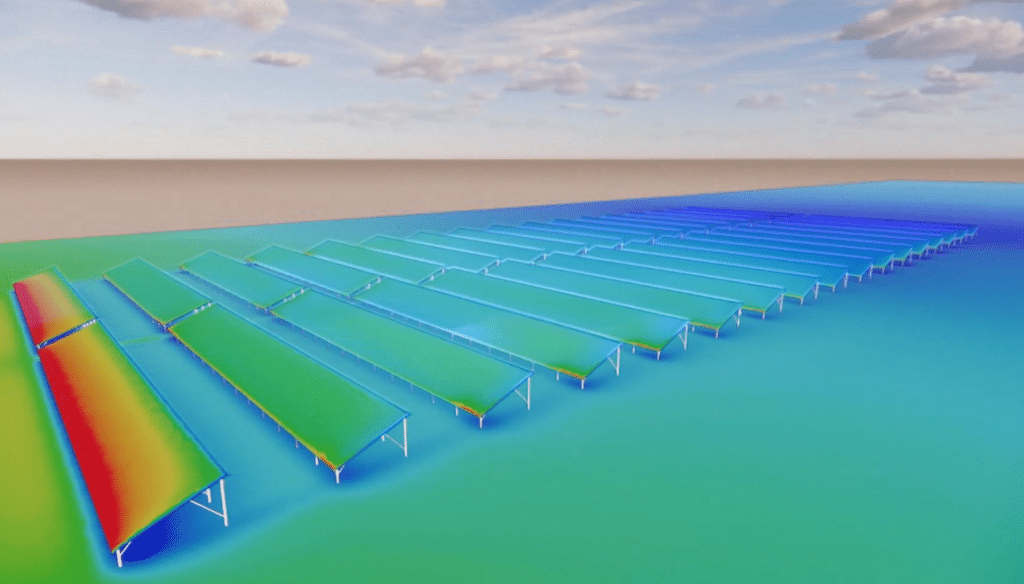
Impact of wind on a solar power plant
Pressure loss and hydraulic resistance
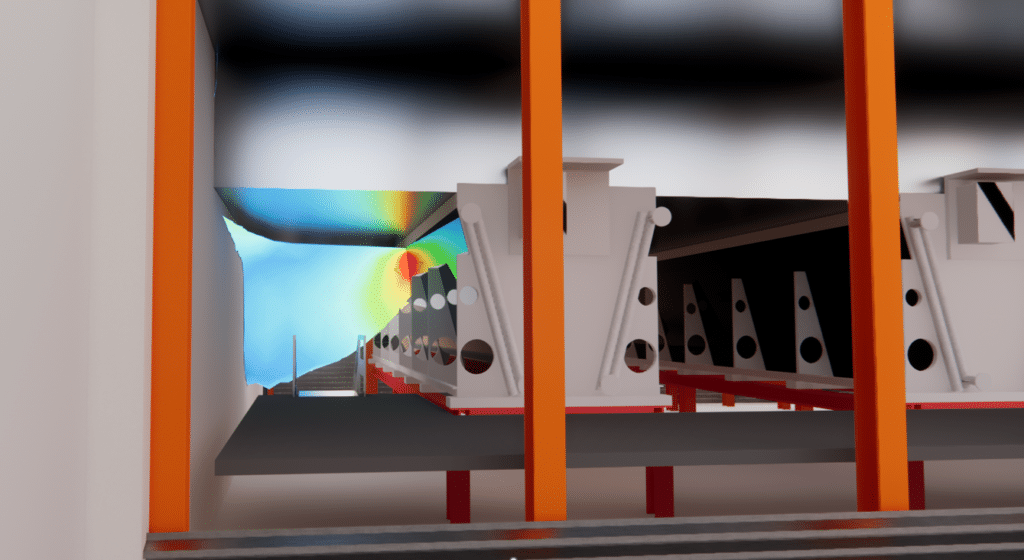
Legionnaires’ disease and cooling towers
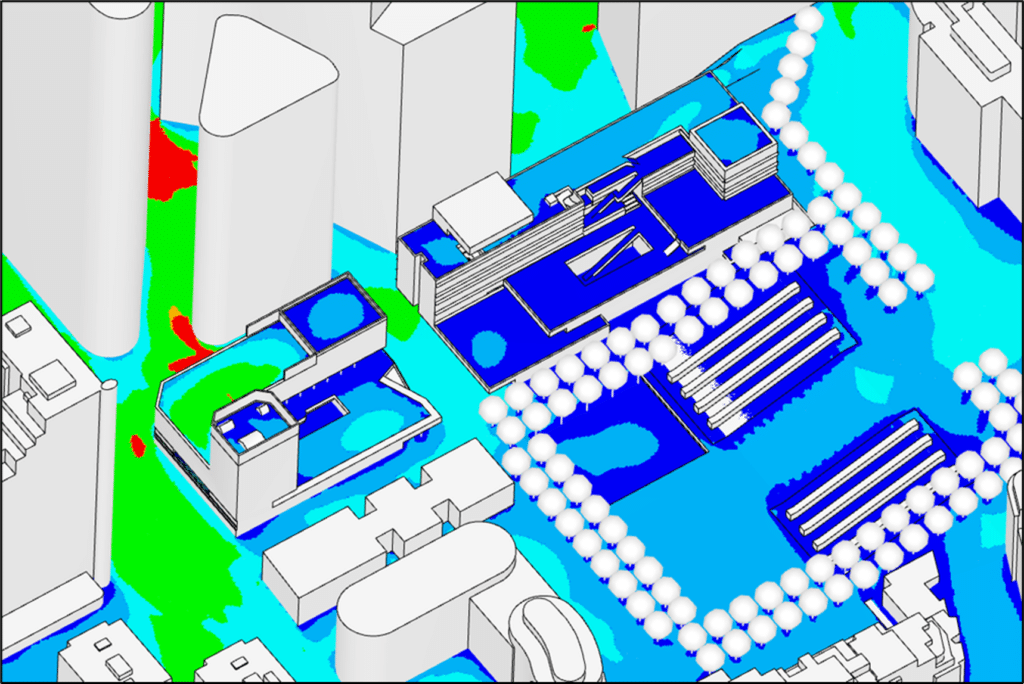
Pedestrian comfort criteria and mapping

CFD study of extreme wind conditions on solar panels and power plants

Thermal draft effect
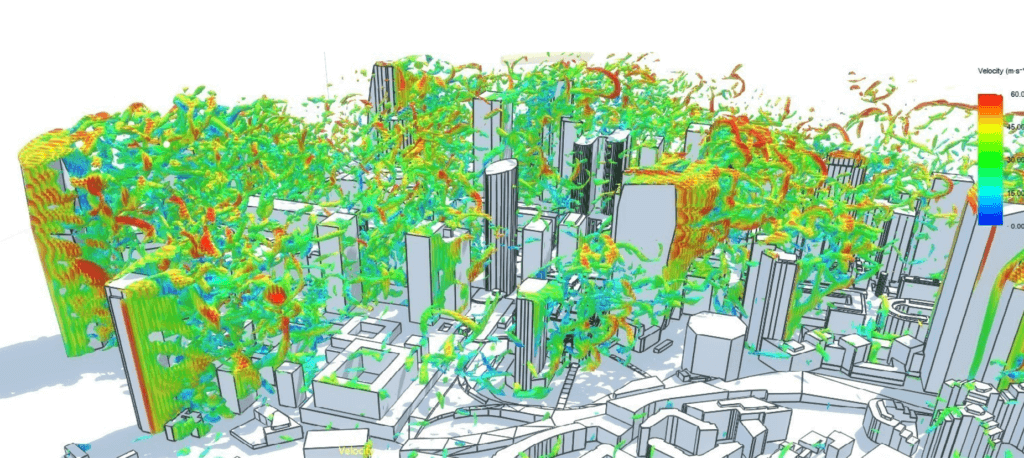
Pressure study


